When you purchase a home, your monthly mortgage payment is likely to be the largest recurring expense in your budget. Understanding the components that make up your mortgage payment is essential for managing your finances effectively. In this article, we’ll break down the various parts of a typical mortgage payment and explain how they work together to help you pay off your home loan.
Understanding the Principal and Interest of Your Mortgage Payment
The two primary components of your monthly mortgage payment are the principal and interest. These are the core elements that go toward paying off the money you borrowed to purchase your home. Let’s take a closer look at each one:
What is the Principal in a Mortgage Payment?
The principal is the original amount you borrowed from your lender to buy your home. When you make a down payment, it reduces the principal balance of your loan. Each month, a portion of your mortgage payment goes toward paying down this principal balance.
The amount of principal you pay each month depends on several factors, including the size of your loan, the term (length) of your loan, and your interest rate. In the early years of your mortgage, a smaller portion of your payment goes toward the principal, while more goes toward interest. As you pay down your loan over time, more of your payment will be applied to the principal.
How Interest is Calculated in Your Monthly Mortgage Payment
Interest is essentially the cost you pay to borrow money from your lender. Your interest rate is expressed as a percentage of your loan balance and can be fixed (staying the same throughout your loan term) or adjustable (changing based on market conditions).
The amount of interest you pay each month is calculated based on your current loan balance and your annual percentage rate (APR). In the beginning of your loan term, when your principal balance is highest, you’ll pay more in interest. As you pay down your principal over time, the amount of interest you pay each month will decrease.
Escrow Accounts: Paying Property Taxes and Insurance
In addition to principal and interest, your monthly mortgage payment may include funds that go into an escrow account. This account is set up by your lender to pay for certain property-related expenses on your behalf, such as:
- Property taxes
- Homeowners insurance premiums
- Mortgage insurance premiums (if applicable)
What are Property Taxes and How Do They Factor Into Mortgage Payments?
Property taxes are assessed by local governments and are based on the value of your home. These taxes fund various public services, such as schools, roads, and fire departments. When you have an escrow account, your lender will collect a portion of your estimated annual property tax bill each month and hold these funds in the account until the taxes are due.
The amount of property taxes you pay can change from year to year based on your home’s assessed value and local tax rates. Your lender will perform an annual escrow analysis to ensure they’re collecting the correct amount from you each month.
Understanding Homeowners Insurance Premiums in Your Mortgage Payment
Homeowners insurance is a policy that protects you and your lender from financial losses due to events like fires, theft, or natural disasters. Most lenders require you to maintain a homeowners insurance policy for the duration of your loan. Like property taxes, your insurance premiums can be paid through your escrow account.
The amount you pay for homeowners insurance depends on factors such as your home’s value, location, and the level of coverage you choose. Your premiums may change over time if you make changes to your policy or if your insurer adjusts their rates.
Mortgage Insurance: An Added Cost for Some Homebuyers
If your down payment is less than 20% of your home’s purchase price, you may be required to pay for mortgage insurance. This insurance protects your lender in case you default on your loan. There are two main types of mortgage insurance:
- Private Mortgage Insurance (PMI): Required for conventional loans with down payments less than 20%.
- Mortgage Insurance Premium (MIP): Required for Federal Housing Administration (FHA) loans.
The cost of mortgage insurance is typically added to your monthly mortgage payment. With PMI, you may be able to request cancellation once you’ve built up 20% equity in your home. MIP, on the other hand, usually lasts for the life of the loan unless you put down at least 10% at purchase.
Homeowners Association and Condo Fees
If you purchase a home in a community with a homeowners association (HOA) or buy a condominium, you may need to pay monthly or annual fees in addition to your mortgage payment. These fees cover the costs of maintaining common areas, amenities, and shared services.
HOA and condo fees are not typically included in your mortgage payment and are paid separately to the association or management company. These fees can vary widely depending on the services and amenities provided by your community.
How Your Mortgage Payment Builds Home Equity
Each time you make a mortgage payment, you’re not only paying down your loan balance but also building equity in your home. Home equity is the portion of your home’s value that you own outright, and it can be a valuable financial asset. Let’s explore how this works:
Understanding Home Equity and How It Grows Over Time
Your home equity is calculated by subtracting your current loan balance from your home’s market value. For example, if your home is worth $300,000 and you owe $200,000 on your mortgage, you have $100,000 in home equity.
As you make mortgage payments over time, your loan balance decreases, and your equity grows. Additionally, if your home’s value appreciates due to market conditions or improvements you make, your equity will increase even further.
Strategies to Build Home Equity Faster
If you want to build equity in your home more quickly, there are several strategies you can consider:
- Make extra principal payments: By paying more than your required monthly payment, you can reduce your loan balance and build equity faster.
- Choose a shorter loan term: Opting for a 15-year mortgage instead of a 30-year term will result in higher monthly payments but will also help you pay off your loan and build equity more quickly.
- Make biweekly payments: Splitting your monthly payment into two biweekly payments can help you pay off your loan faster and save on interest over time.
- Invest in home improvements: Making strategic upgrades to your home can increase its value and, in turn, your equity.
| Payment Component | Description |
|---|---|
| Principal | The portion of your payment that goes toward paying down your loan balance |
| Interest | The cost of borrowing money, based on your loan balance and interest rate |
| Escrow (Taxes and Insurance) | Funds collected by your lender to pay property taxes and insurance premiums on your behalf |
| Mortgage Insurance | An additional cost for borrowers with down payments less than 20%, which protects the lender in case of default |
| HOA/Condo Fees | Monthly or annual fees paid to a homeowners association or condo board for maintenance and amenities (not included in mortgage payment) |
Understanding the components of your monthly mortgage payment is crucial for managing your budget and making informed decisions about your home financing. By knowing how your payment is allocated and taking steps to build equity over time, you can work toward the goal of owning your home outright and securing your financial future.
See also:
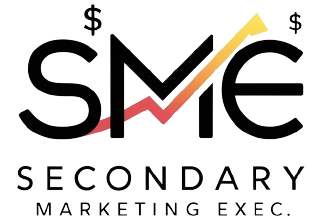
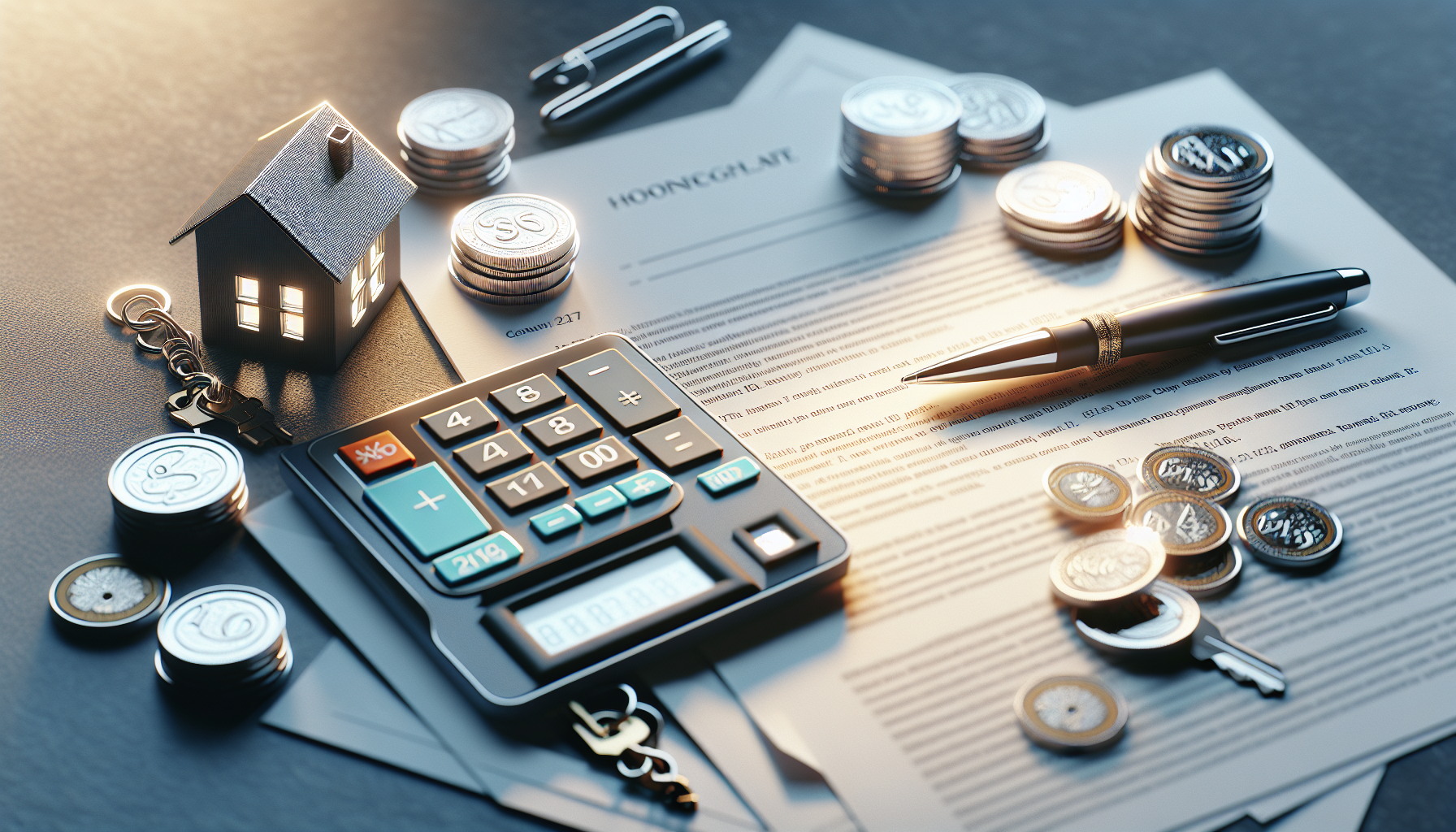


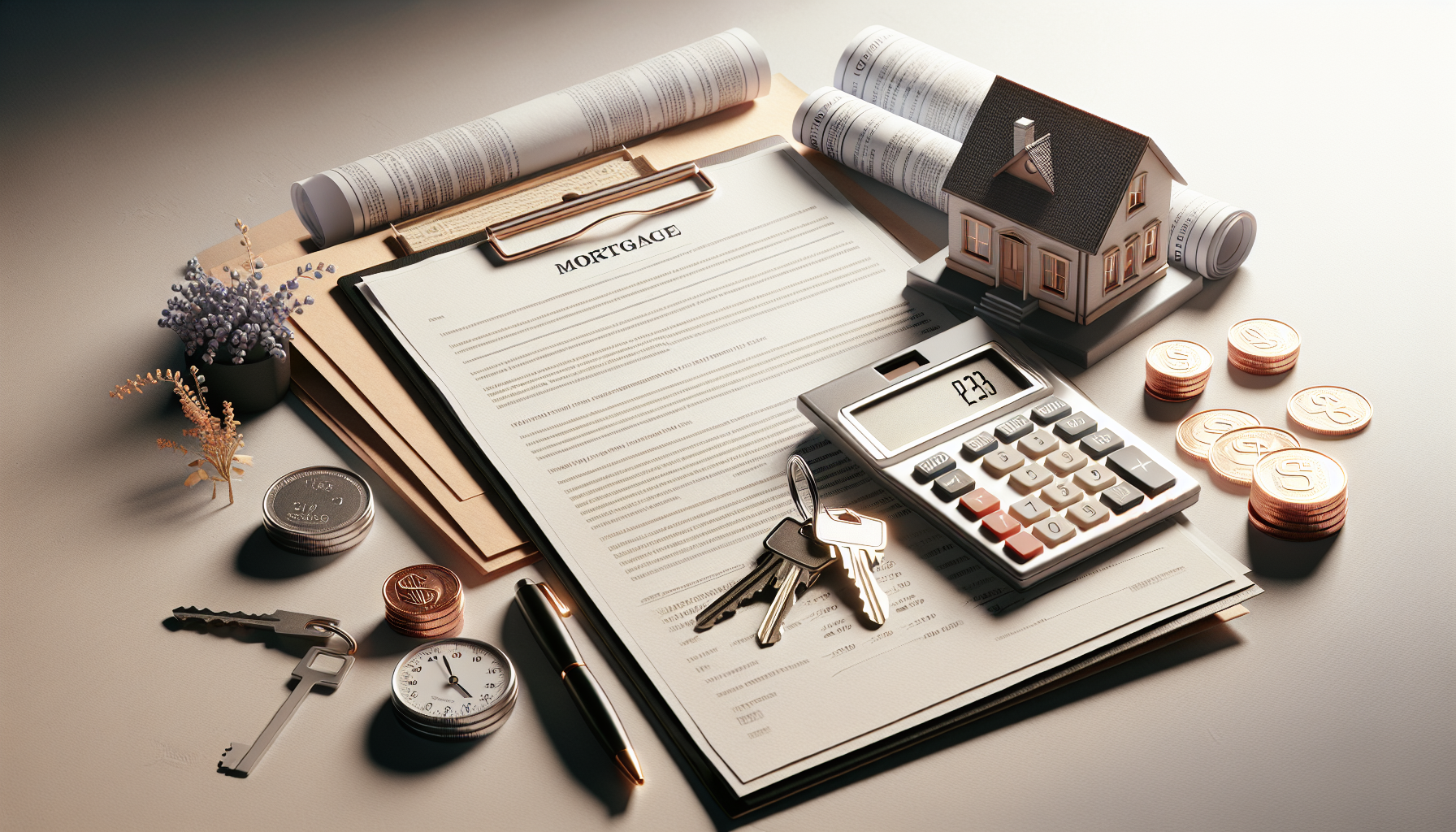
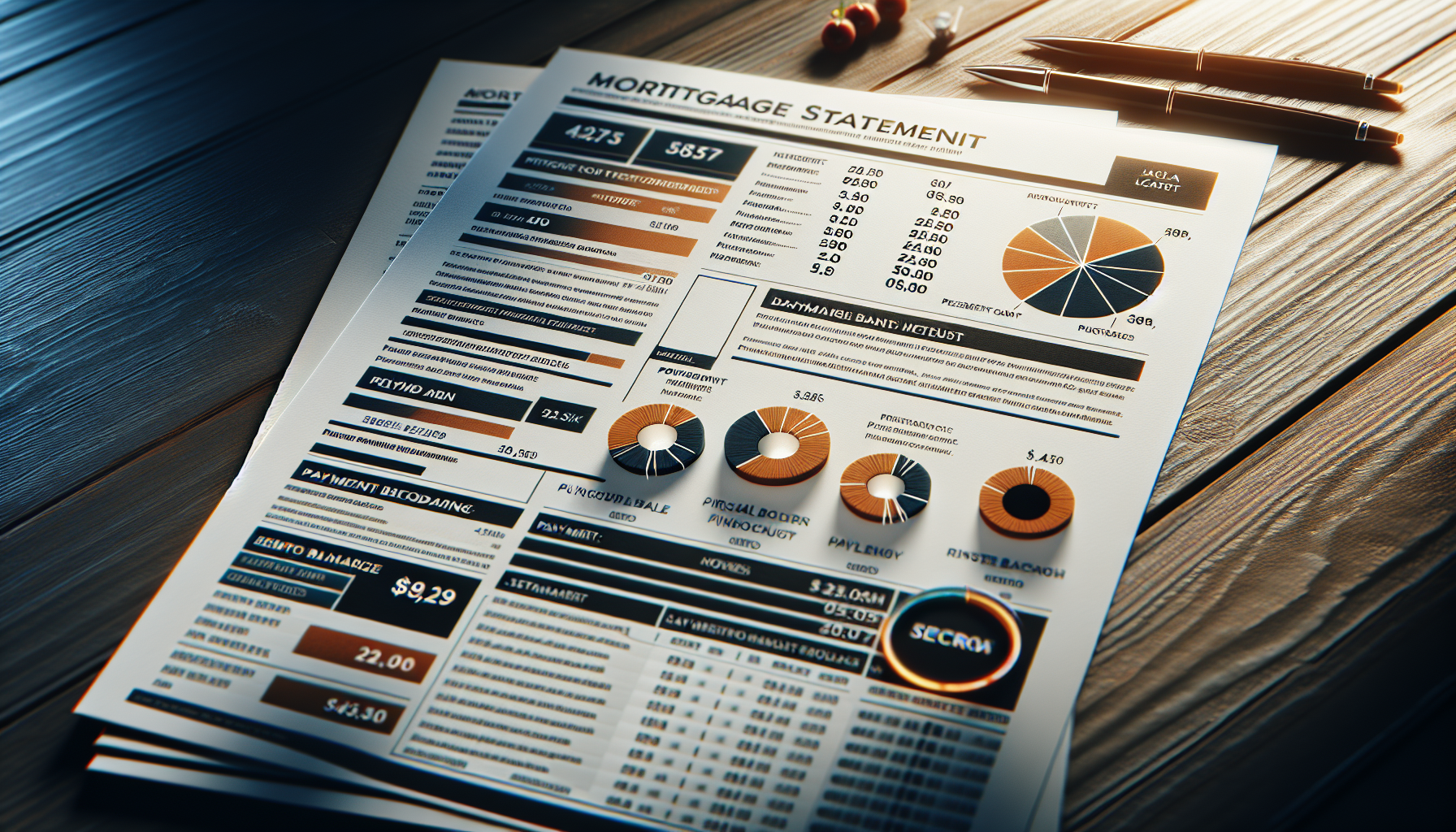
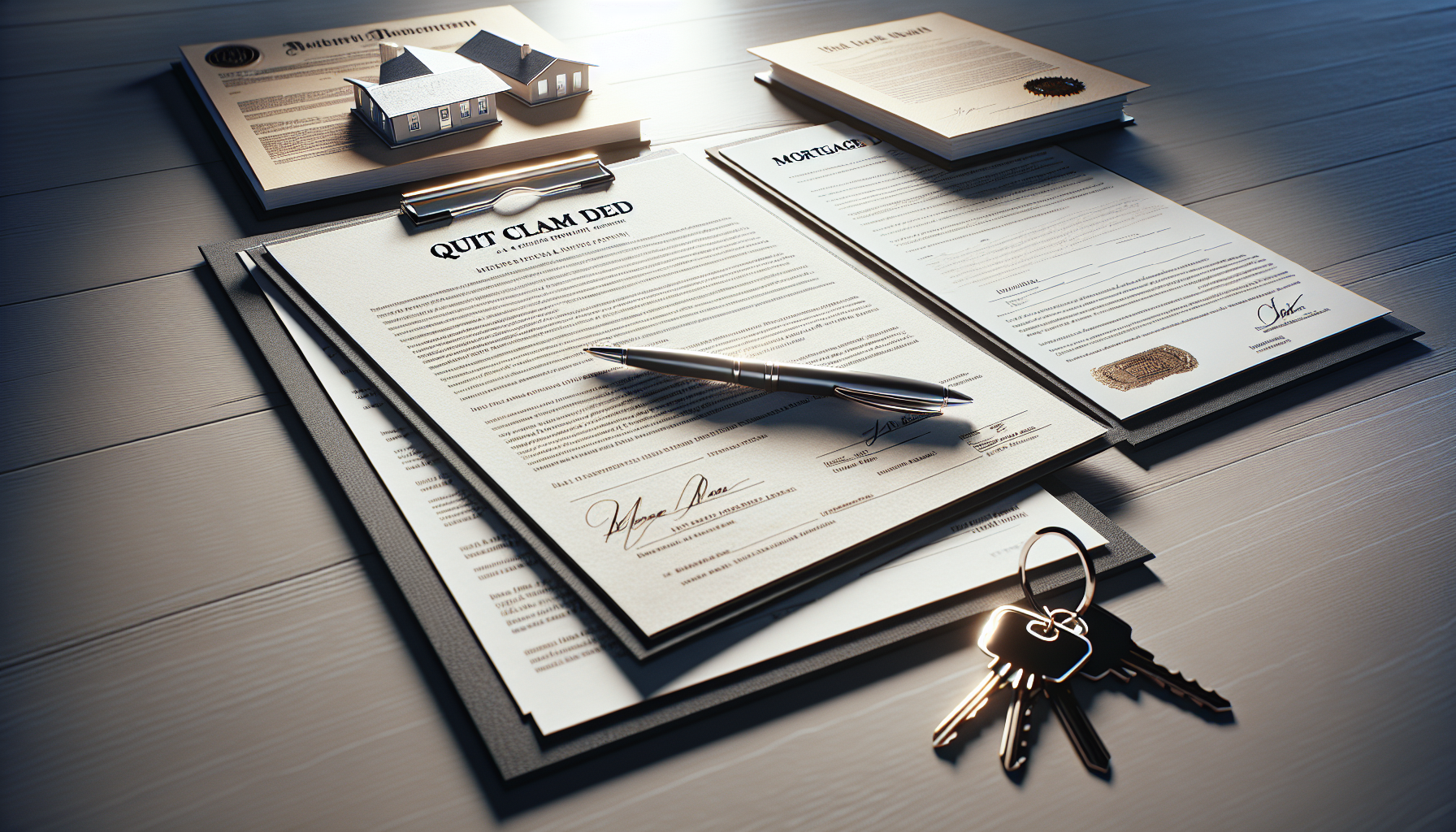
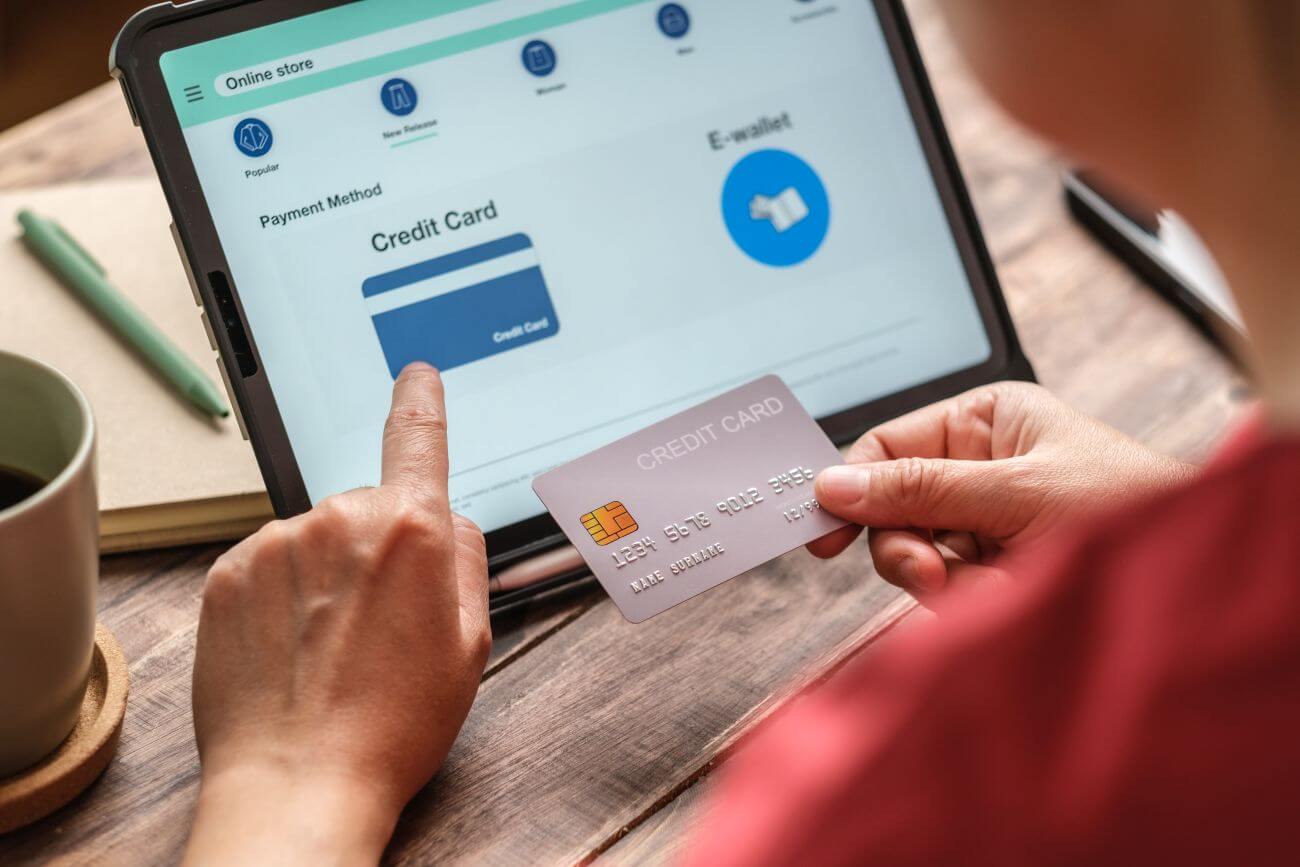
Leave a Reply